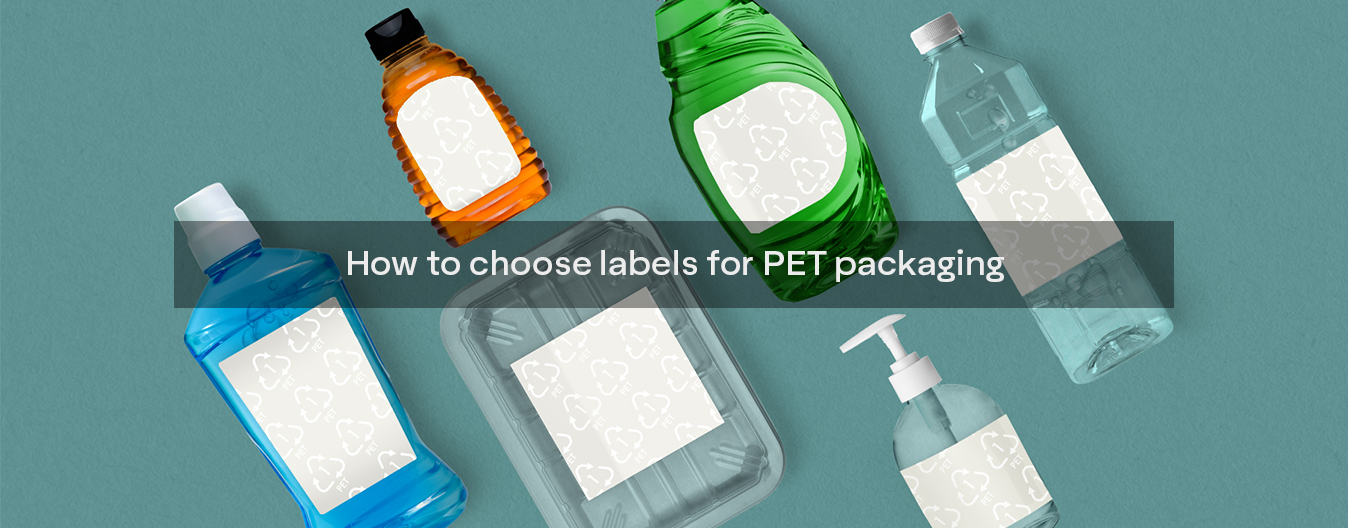During life
Labels need to remain attached and legible for the duration of a product’s life. Conditions and duration vary from one application to the next and determine a label’s specific performance requirements. Factors to consider include the end use for the packaging; temperature and moisture level; product lifetime; food contact; printing technology; and aesthetics and branding.






